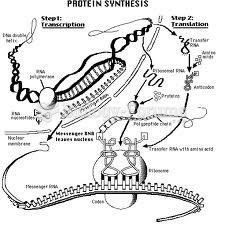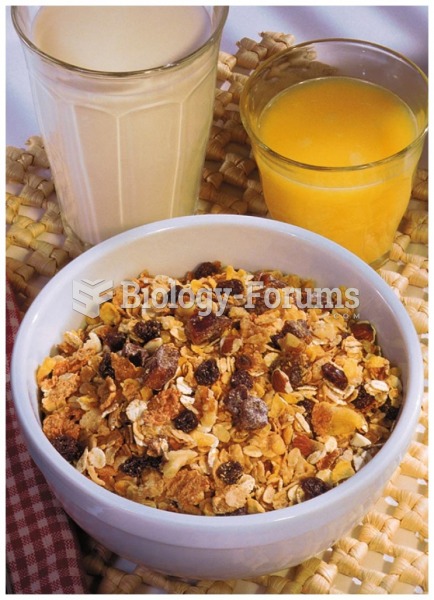|
|
|
Did you know?
Children with strabismus (crossed eyes) can be treated. They are not able to outgrow this condition on their own, but with help, it can be more easily corrected at a younger age. It is important for infants to have eye examinations as early as possible in their development and then another at age 2 years.
Did you know?
More than 4.4billion prescriptions were dispensed within the United States in 2016.
Did you know?
The longest a person has survived after a heart transplant is 24 years.
Did you know?
Recent studies have shown that the number of medication errors increases in relation to the number of orders that are verified per pharmacist, per work shift.
Did you know?
People about to have surgery must tell their health care providers about all supplements they take.







